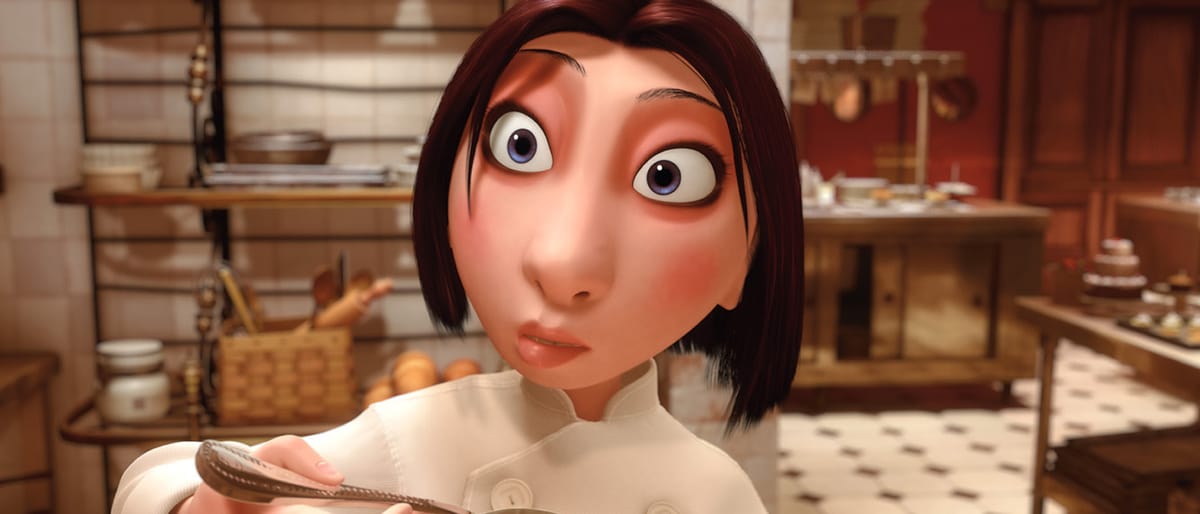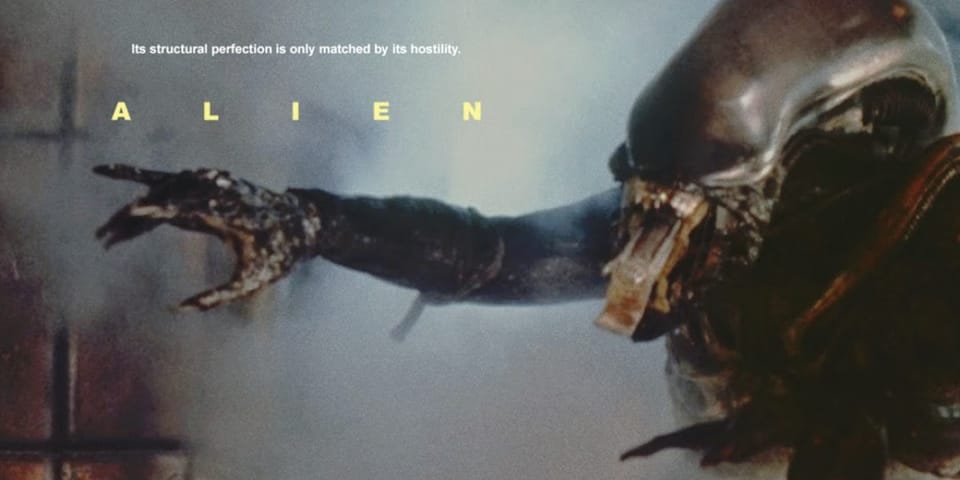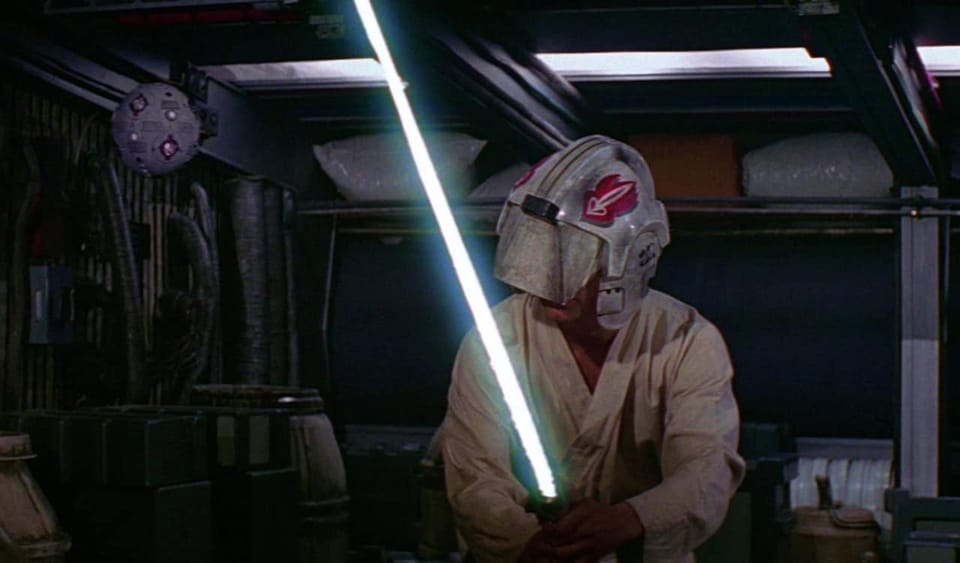Your Subplots Are Story, Too.
There is no “B Story”; only the main story. And that main story has subplots that support and deepen it.

The Story and Plot Weekly Email is published every Tuesday morning. Don't miss another one.
Your Subplots Are Story, Too.
Story structure isn’t just about the main plotline.
It encompasses everything you put into your screenplay. It’s what the audience knows and when they know it.
And this includes each of the subplots in your story.
It’s not a “B Story.”
Blake Snyder made the term “B Story” popular in feature films. Snyder was a gifted teacher, and I understood why he did it, but I never liked it.
The term comes from television, where you often have a B and C story separate from the A story.
But outside of true ensemble films, features rarely work like that. There is no “B Story”; only the main story.
That main story has subplots that support and deepen it. They affect it. The story is different without them.
They are not something you tack on to fill up space.
The real estate in your screenplay is too valuable to be wasted, whether through purposelessness or neglect.
Value your subplots.
Value them as much as you value the main plot because they’re all part of the story.
Early on, we will sometimes lose track of a subplot, forgetting why it’s necessary for the story.
We introduce a character and relationship but never pay it off emotionally or its effects on the protagonists.
Or we just let it serve the plot and forget to add any emotional resolution.
This is understandable. Sometimes, a subplot is so much fun or compelling that we think that’s enough.
We think that’s all the value it needs to add.
But it isn’t. When the connection to the larger story isn’t clear, the audience will instinctively wonder, “What the hell was that all about?”
Each subplot needs its purpose and its resolution.
In addition, a central plotline that resolves a subplot is almost always less satisfying than the subplot that helps resolve the central plotline.
If it has a dramatic question, it’s a subplot.
This has been my general rule forever. Anything that has a dramatic question outside the primary dramatic question is a subplot.
We do not need to rely as much here on plot-focused dramatic questions. Subplots are often relationship and character-based, as we can lean on the primary plot-focused dramatic question for much of our narrative momentum.
- Will the protagonist’s friend find romance?
- Will the protagonist find peace with his family?
- Will the protagonist’s friend own the restaurant?
But with a dramatic question, we need a resolution. And that’s at least two scenes.
This means we will have to structure this subplot, not just in how it fits in the larger structure, but as its own narrative.
Each subplot has its own structure.
Like all screenwriting advice, these things work best when you’re struggling. If it’s working and everything is gelling, there’s no need to mess around with it.
But if it’s not, and your story is not getting the emotional impact you want, this might help:
Structure each subplot like any story, focusing on the major story beats. This is a simplified version of the story structure I usually rely on:
- The ordinary world.
- The inciting incident.
- The dramatic question.
- Midpoint.
- Crisis.
- Resolution.
The more layered and explored your subplot, the more of these story beats you will use.
For a subplot demanding less real estate, you may just use a dramatic question and a resolution.
That's it. Just two scenes. That's all some subplots need.
The important thing here is that each subplot, large or small, has its narrative. It has a beginning and an end, affecting the main story.
Ratatouille
You may have recognized the subplots above. They’re from Ratatouille. I love using Ratatouille as an example of subplot construction because Brad Bird does it so well.
Notice that each subplot focused on a relationship is about how someone changes, and the plot-focused dramatic questions involve Skinner, who does not.
Here are just three of the subplots in Ratatouille (there are many) and how they’re structured.
- Will Linguini find romance with Colette?
- Ordinary World: The kitchen.
- Inciting Incident: Linguini meets Colette.
- Dramatic Question: It appears Linguini has a crush.
- The midpoint: Linguini and Colette kiss.
- The crisis: Colette walks out on him.
- Resolution: She returns to help and become a couple.
- Will Remy find peace with his father and family?
- Ordinary World: Remy is separated from his family.
- Inciting Incident: They are reunited.
- Dramatic Question: Remy’s father tells him to stay away from humans.
- The midpoint: Remy’s father rescues him.
- The crisis: Remy’s father tries to stop him from returning to the kitchen.
- Resolution: Remy’s father decides to help his son.
- Will Linguini own the restaurant?
- Ordinary World: Linguini is a mop boy.
- Inciting Incident: Skinner discovers Linguini may be Gusteau’s son.
- Dramatic Question: Will Linguini inherit the restaurant?
- The midpoint: Linguini is Gusteau’s son.
- The crisis: Remy and Skinner fight over the DNA letter.
- Resolution: Linguini inherits the restaurant.
And just like the main plot structure, we want an emotional reaction to the resolution. We want to feel something.
Story is about change, and something will be different at the end than it was at the beginning.
The subplot affects the story.
Each subplot was interesting and emotional in its own right, but they were all part of the main story.
They affected characters, relationships, and outcomes.
While the relationship between Linguini and Colette changed them both, it also negatively affected the primary relationship between Remy and Linguini.
Along with the storyline of Linguini owning the restaurant, Linguini got a big head and was less than grateful to Remy, which led to Remy letting the rats from his clan in.
Remy remains steadfast in his belief and changes his father for the better, but only after his father’s beliefs make him doubt himself.
Linguini inheriting the restaurant appeared to be a good thing at first. But, it isolated him from Remy even more, putting more and more pressure on him to keep up the fraud until he finally snaps under the pressure.
A process to follow.
Here is an approach that will help you find consistency with your subplots.
- Know the larger story you are telling. Who changes and how?
- Identify why the subplot is in this story. While some subplots will affect the story more than others, each should affect it in some way. The subplot needs to exist for a reason.
- Does it push the character toward their transformation?
- Does it pull them back from their transformation?
- Does it tempt them or distract them from it?
- What must happen to create this effect on the character(s)?
- Identify just how much real estate the subplot needs. Is it a simple subplot? Or more in-depth?
- What is the dramatic question for the subplot? What do we hope to see happen?
- Structure out the narrative with all the key story points you will need for its resolution to be emotionally satisfying and its larger effect on the story.
While these steps won't fix all your problems, they will keep you focused on what's important and make it easier to figure out the solution.
The Story and Plot Weekly Email is published every Tuesday morning. Don't miss another one.
When you're ready, these are ways I can help you:
WORK WITH ME 1:1
1-on-1 Coaching | Screenplay Consultation
TAKE A COURSE
Mastering Structure | Idea To Outline




